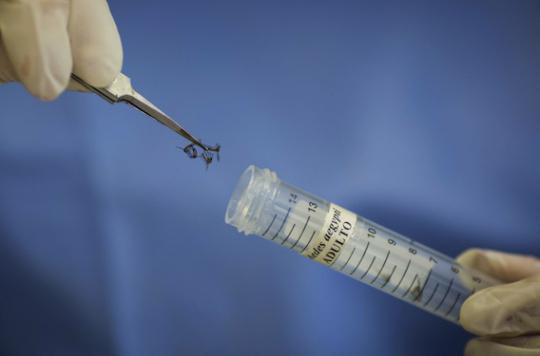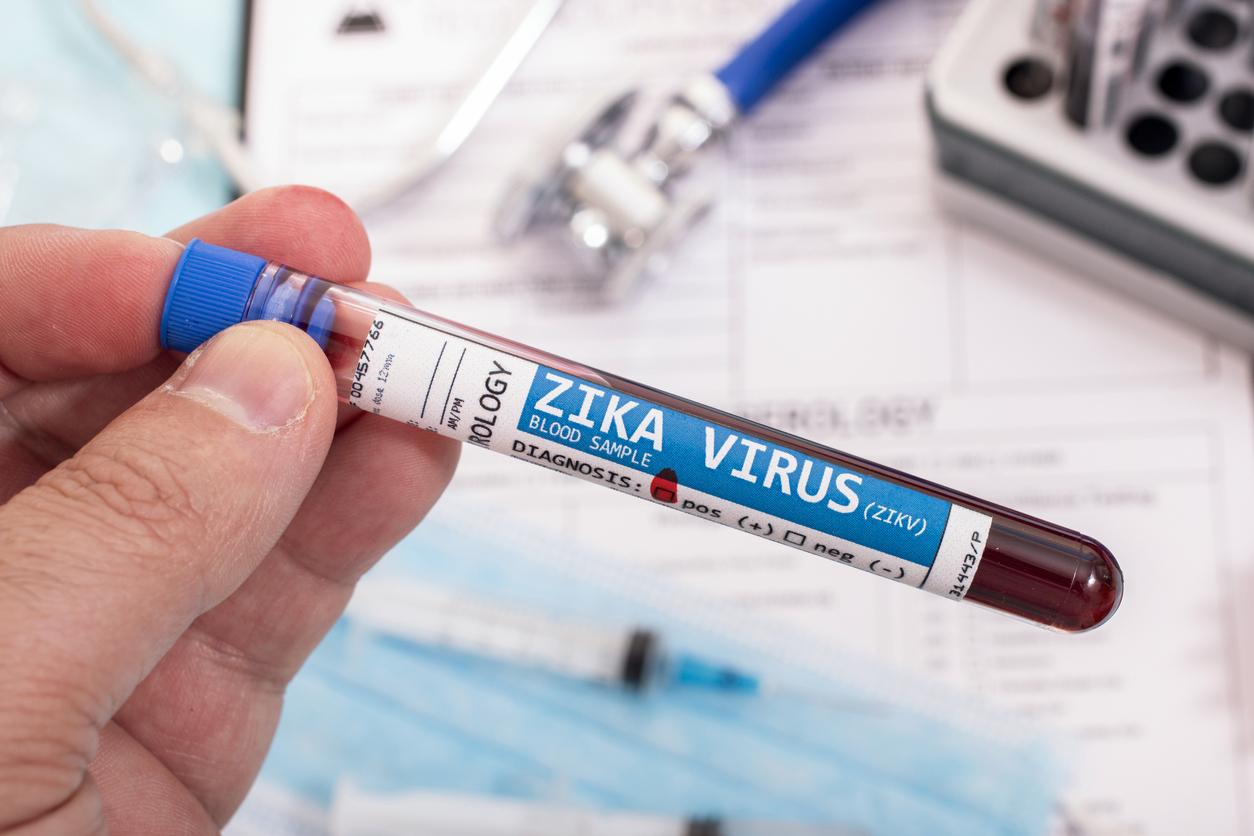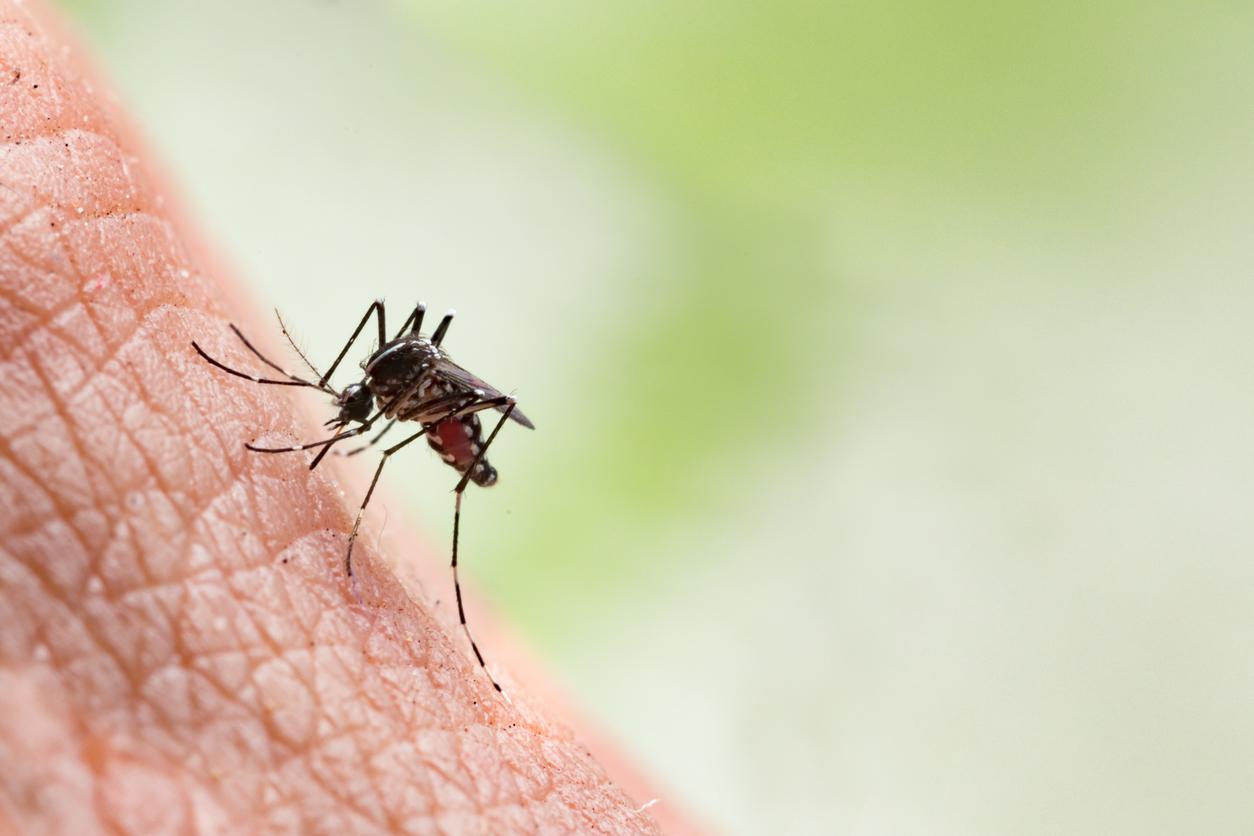MAINTENANCE. Until 2013, Zika was seen as harmless. But the epidemic in French Polynesia has revealed a darker side of the virus.

Between 2013 and 2014, French Polynesia was hit by the first large-scale epidemic of Zika. On this archipelago of barely 270,000 inhabitants, around 32,000 people have been infected with the virus. Authorities now estimate that more than 60% of the population have been immunized.
Initially, the authorities and health professionals thought the epidemic would be mild. But very quickly, Dr. Van-Mai Cao-Lormeau, virologist at the pole of research and watch on emerging infectious diseases of the Louis Malardé Institute (Papeete, Tahiti) and his colleagues describe the dangerousness of this virus.
How did the Zika epidemic start in French Polynesia in 2013?
Dr Van-Mai Cao Lormeau: That year, a dengue epidemic broke out. Here, doctors and the population are used to the symptomatology of this disease (high fever with headache, nausea, joint and muscle pain and a measles-like rash, editor’s note). However, in October 2013, clinicians noted that some infected people had a moderate fever and particularly stinging rashes. In addition, we knew that patients had already had dengue serotype 1 or 3 in previous years, and were therefore immune to these strains. We therefore assumed that another infectious agent was circulating. We did not look for the Zika virus straight away, but thanks to our close collaboration with Micronesia, which was the victim of an epidemic in 2007, we had the laboratory technique to detect it. This is what allowed us to quickly identify the virus.
Van-Mai Cao-Lormeau, virologist at the institute Louis Malardé’s research and monitoring center for emerging infectious diseases: ” From the moment we identified the virus, the epidemic was explosive “
So you were ready to face it?
Dr Van-Mai Cao Lormeau: We all had in mind that the epidemic was going to be mild. But we went from surprise to surprise. A few weeks after the start of the Zika epidemic, we observed the appearance of Guillain-Barré syndromes (a neurological complication causing progressive paralysis, editor’s note). A total of 42 people were affected. It was a new phenomenon that we did not expect. We took some time to document these cases because when they presented to the hospital they had no virus in their blood. In fact, we now know that Guillain-Barré syndrome can start 8 weeks after infection. So we had to prove that these people had been infected with Zika.
With Brazil, you are the only territory to have identified an abnormal increase in cases of microcephaly. But you did not observe it immediately. Why ?
Dr Van-Mai Cao Lormeau: There are several reasons for this. First, they did not occur at the time of the epidemic, but in 2014. And although they were spotted by pediatricians, it was very complicated to make the connection between these cases and the exposure. in utero Zika virus. Moreover, no one expected such consequences.
It was when Brazil reported both the Zika epidemic and a sharp increase in microcephaly cases that we launched retrospective investigations, and detected these birth defects. A total of 18 cases of birth defects in fetuses or babies whose mothers were pregnant during the Zika epidemic have been reported. Among them, 13 infants presented with severe malformations including microcephaly. The number has not yet been specified because clinical investigations are still underway.
Until 2013, #Zika was seen as harmless. But the epidemic in French Polynesia has revealed a darker side of the virus. The explanations of Dr Van-Mai Cao-Lormeau, researcher in Tahiti.
Posted by Why doctor on Sunday February 28, 2016
.

















